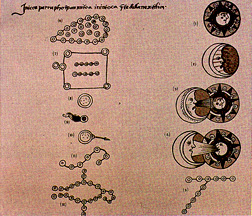The Pleiades (Tianquiztli) are portrayed in the upper left
of the document. The other symbols represent other constellations, a meteor or shooting star, the sun, the moon, the eclipses. The image is from the Primeros Memoriales, a sixteenth-century colonial manuscript
compiled by Fray Bernardino de Sahagun.
Click on image for full size
Image courtesy of the book 'Moctezuma's Mexico' by David Carrasco and Eduardo Matos Moctezuma. University Press of Colorado, 1992.
Tianquiztli
The Pleiades were known to the Aztecs as Tianquiztli which means the
"marketplace." The Pleiades marked for the Aztecs the fifth cardinal point. The Aztecs were very sophisticated observers of the movements of
planets and
stars in the sky. Time was measured by the Aztecs according to the movement of the
Sun and stars.
Their calendar was based on cycles of fifty-two years. At the end of
each cycle, a religious ceremony would take place to ensure the movement of the
cosmos and the rebirth of the Sun. Aztecs believed that they could prevent the demons of darkness from descending to Earth and devouring men, by offering to the gods human sacrifices. During the ceremony, the priests would watch
with anxiety the passage of the Pleiades (Tianquiztli) through the overhead
position at midnight.
The crossing of the meridian by the Pleiades signaled that the cosmos did not interrupt their movement, and the world would not end then. Another fifty-two years of life were thus secured. At that specific moment, the Aztec priests would start a small fire on the slashed chest of the victim. The same fire was then carried to the temple of the Sun god Huitzilopochtli, and to the homes of the Aztec people.
You might also be interested in:
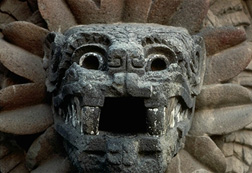
Tlahuizcalpantecuhtli is an Aztec deity representing the planet Venus and an apparition of Quetzalcoatl, the feathered serpent. Tlahuizcalpantecuhtli means "Lord of the House of Dawn." He was the lord
...more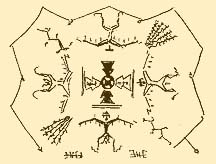
Ahsonnutli was the sky father and chief deity of the Navajo Indians. He created heaven, Earth, and the sky. Each of the four cardinal directions was supported by a giant. Each direction was also associated
...more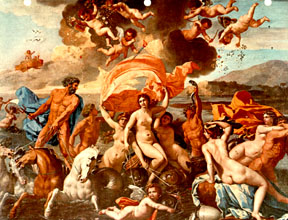
Amphitrite was one of the fifty Nereids, the attendants of the sea-god Poseidon. Poseidon (Neptune) had fallen in love with Amphitrite after seeing her dancing on the island of Naxos. Amphitrite rejected
...more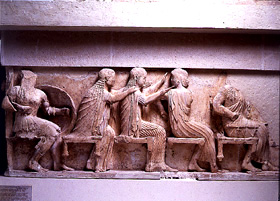
Aphrodite was the Greek goddess of love and beauty. She was known to the Romans as Venus. There were actually two different Aphrodites, one was the daughter of Uranus, the other the daughter of Zeus and
...more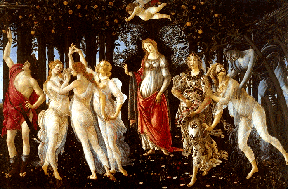
In Greek mythology, Apollo was the son of Jupiter(in Greek Zeus) and Leto (Letona). He was the god of the Sun, logic, and reason, and was also a fine musician and healer. Leto travelled all over Greece
...more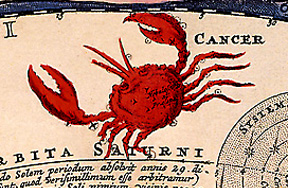
According to an ancient Greek legend, the figure of a gigantic crab was placed in the nighttime sky by the goddess Hera to form the constellation Cancer. Hera was the jealous wife of the sky god, Zeus.
...more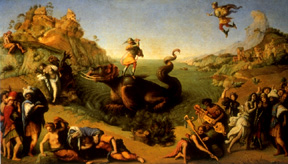
In the Northern Hemisphere sky is the constellation Cepheus, king of Ethiopia, and that of his wife Cassiopeia. Cassiopeia claimed that she and her daughter Andromeda were more beautiful than the sea nymphs,
...more


